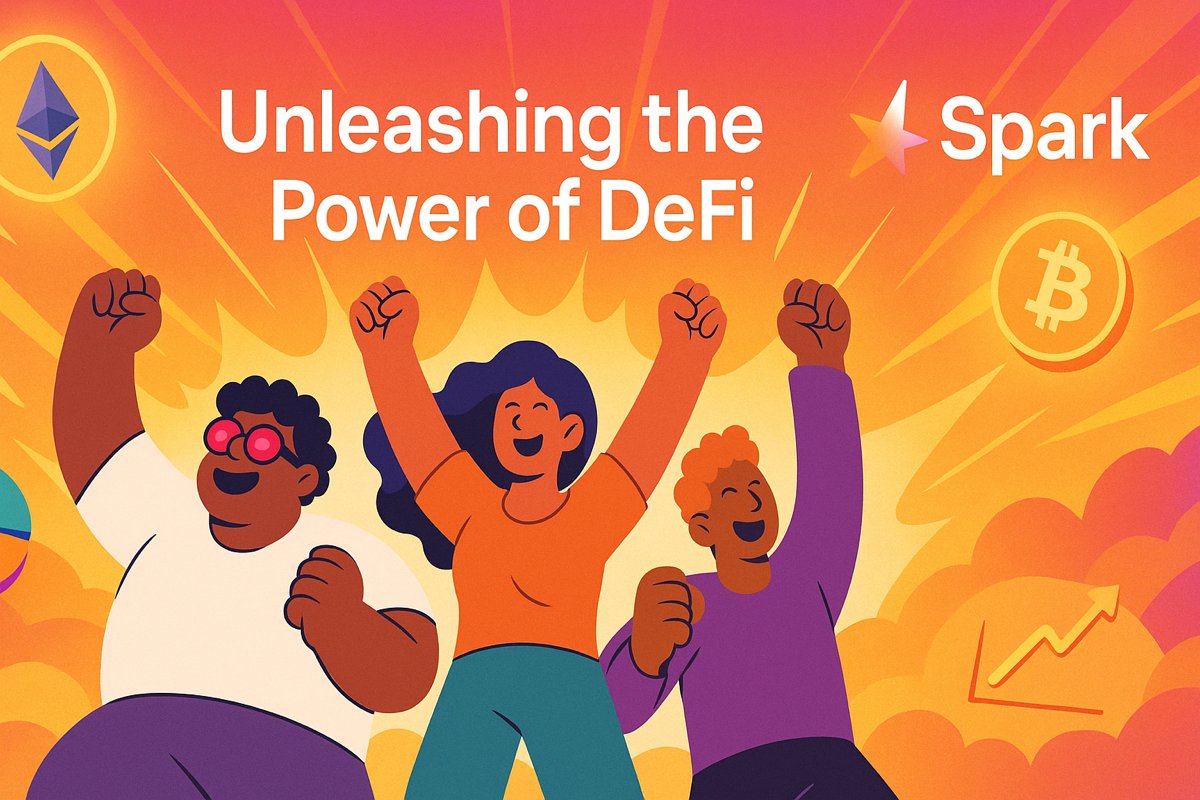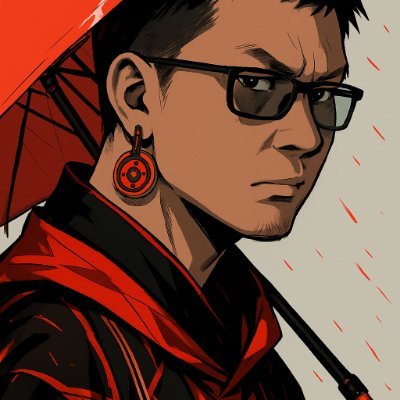What is Spark? It is not only a lending protocol, but also a set of "on-chain capital operating system"
In the DeFi market, the label "lending protocol" is no longer enough to accurately describe Spark. It's not so much a financial application as it is an operational idea - what Spark wants to do is an on-chain capital operating system that is composable, manageable, and has a long-term endogenous economic structure.
This article will take you through a complete understanding of how Spark rearranges and combines "interest, assets, stablecoins, and liquidity" from four dimensions: product layer, capital flow layer, architecture layer, and governance layer to build a DeFi financial network with a high degree of freedom.
First, it is not a "deposit and loan matching", but a restructuring of capital flow
Traditional lending protocols mostly revolve around "deposit-to-borrow", but Spark is more of a three-tier structure:
(1) Saving: Deposit stablecoins to earn DSR-driven interest;
(2) Lending: Pledge blue-chip assets to mint Spark's own stablecoin USDS;
(3) Liquidity Layer: The system can redeploy part of the funds to external protocols such as Aave to dynamically obtain the best returns.
This structure emphasises not "whether a single loan is cost-effective", but how all the funds in the system work together to continuously generate net income.
2. The core goal is to "build an on-chain spread bank"
Spark is not designed to focus on explosive growth, but on the sustainability of financial logic. The core logic can be summarised in four steps:
Users deposit USDC/DAI → to get a stable interest rate (currently around 4.5%);
Users stake ETH, stETH, rETH, etc., → lend USDS;
The system will send a part of the assets to Aave and other platforms to increase the utilisation rate of funds;
All liquidity and interest are returned to the Spark protocol, and some of them go to the treasury, which will be distributed through SPK governance in the future.
This is an obvious "spread bank" structure: stablecoin + collateral + arbitrage path + protocol profit pool.
3. The embedded logic of modular architecture and "token incentive closed loop".
Each module of Spark is pre-tied to the future tokenomics design:
(1) The savings module → is linked to the DSR mechanism of Maker to strengthen the lock-up of stablecoins;
(2) Lending module → build USDS on-chain liquidity and form a multi-asset backed pool;
(3) Liquidity layer→ Establish cross-protocol scheduling capabilities to create an efficient and dynamic on-chain capital engine;
(4) SPK token design → bind savings rights, governance rights, and liquidity scheduling rights.
This means that instead of waiting for SPK to go live, Spark is deeply nesting the product logic and token functions early on.
Fourth, the governance system is placed on top of the technical architecture: the experimental structure of Sky Protocol
Spark is the first sub-protocol of Sky Protocol. Sky's philosophy is to disassemble MakerDAO's originally integrated governance and risk structure into multiple independent protocols for "governance modularization" experiments.
In Spark, this is manifested as:
(1) Most of the parameters are set by Sky → evolutionary governance path;
(2) Multiple rounds of incentive airdrops are determined by governance; → Governance: User incentive mechanism;
(3) In the future, SPK will give Spark DAO the right to govern budgets, policies, and parameters.
This makes Spark a pilot field for governance experiments in the MakerDAO system, as well as a technical carrier for building a DAO operating system.
5. What is Spark? It is a governance-oriented financial product laboratory
You can think of Spark as:
A DeFi bank with a complete product feature set;
A design concept of systematic capital operation engine;
a protocol lab with pre-bound governance structures and asset models;
A pivotal protocol that connects stablecoin, blue-chip assets, and interest rate markets.
It's not for memes, and it's not for "big TVL fast". It's modelled for the long-term financial order of DeFi – and that makes it the most long-term "infrastructure asset" in the market in 2025.
@sparkdotfi @cookiedotfun #Spark #SparkFinance #COOKIE
Show original
77
54.47K
The content on this page is provided by third parties. Unless otherwise stated, OKX is not the author of the cited article(s) and does not claim any copyright in the materials. The content is provided for informational purposes only and does not represent the views of OKX. It is not intended to be an endorsement of any kind and should not be considered investment advice or a solicitation to buy or sell digital assets. To the extent generative AI is utilized to provide summaries or other information, such AI generated content may be inaccurate or inconsistent. Please read the linked article for more details and information. OKX is not responsible for content hosted on third party sites. Digital asset holdings, including stablecoins and NFTs, involve a high degree of risk and can fluctuate greatly. You should carefully consider whether trading or holding digital assets is suitable for you in light of your financial condition.

